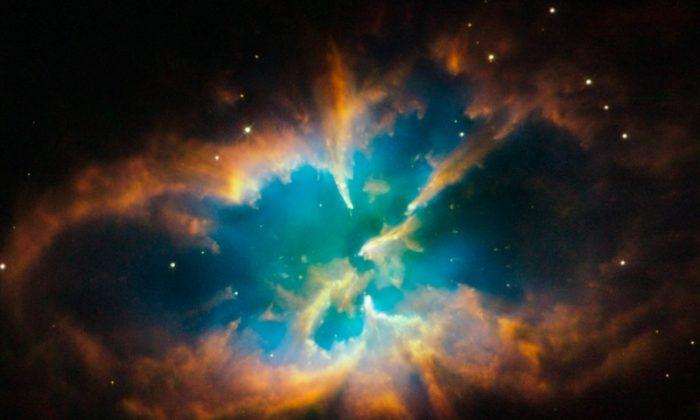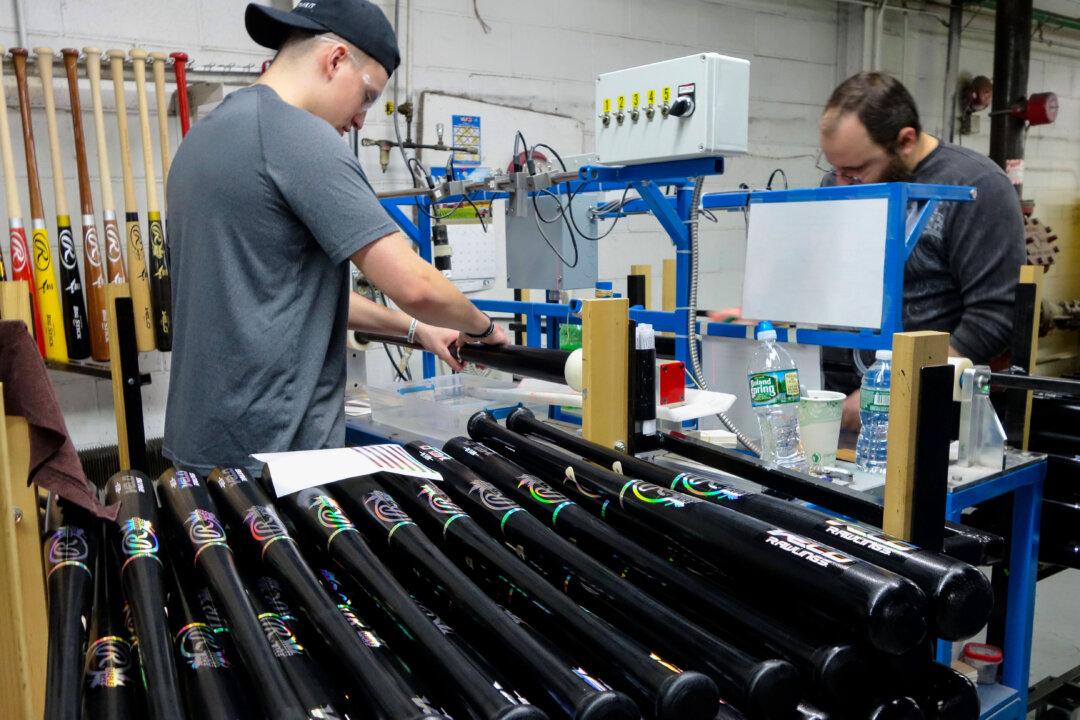A German Startup has secured millions in funding to develop a fusion energy machine that could potentially generate energy free of carbon emissions.
Current-day nuclear power plants are based on nuclear fission, which harnesses the energy created from splitting atoms. Fusion energy is produced when the nuclei of two light atoms come together to form a bigger atom.
The advantage fusion has over fission is that fusion yields more energy without resulting in any long-lasting radioactive waste. Moreover, fusion energy also does not generate any greenhouse gas byproducts, unlike fission.
Fusion is the process that powers the stars. To process fusion on earth, high-energy ionized matter called “plasma” has to be confined using magnetic fields.
“Tokamaks and stellarators are two approaches that do so by creating a magnetic ‘cage’ in doughnut-shaped devices. Stellarators use a complex set of electromagnets outside of the plasma, whereas tokamaks combine external electromagnets with a large current within the plasma, which simplifies the overall design but incurs significant control challenges.”
Stellarator Versus Tokamak
Even though stellarators have a more complex design than tokamaks, they offer several advantages. Stellarators can operate in a steady state with smaller operational challenges, and are seen as an “attractive solution to manage excessive heat loads on material surfaces.” Stellarators also require less injected power to sustain the plasma.Stellarators used to have multiple drawbacks, many of which have been resolved in recent years. “Experimental progress from W7-X and recent advances in stellarator modeling have radically changed the picture,” said Francesco Sciortino, co-founder of Proxima Fusion.
“Stellarators can now remedy the key problems of tokamaks and truly scale up, radically improving the stability of the plasma and reaching high performance in steady state.”
Fusion Power Progress
During Sept. 15 testimony before the Senate Energy and Natural Resources Committee, Bob Mumgaard, CEO of the private fusion firm Commonwealth Fusion Systems, expressed hope that commercial fusion power plants could be “on the grid starting in the early 2030s.”A 2022 survey by the Fusion Industry Association found that the sector had raised over $4.7 billion in private investment that year—an increase of over $2.8 billion in a year.
A major breakthrough in fusion energy came in December when scientists from California’s Lawrence Livermore Laboratory’s National Ignition Facility succeeded in triggering a fusion reaction that released more energy than the amount of energy initially delivered. This was the first time in history that nuclear fusion worked under controlled conditions.
Proxima Fusion is a spin-out from the Max Planck Institute for Plasma Physics (IPP), which is home to the most advanced stellarator—Wendelstein 7-X (W7-X). The startup was founded by former scientists and engineers from IPP as well as MIT and Google-X.
“Fusion is the challenge of our time. Our task will be to make it a commercial reality. Over the next 12 months, in collaboration with its academic and industry partners, Proxima will focus on completing its initial fusion power plant design,” co-founder Martin Kubie said.





